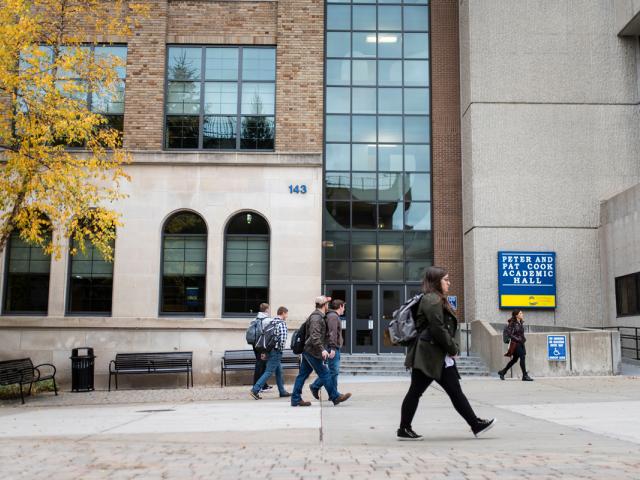The Good Practices for Inclusive Teaching and Learning provide educators with an evidence-based framework to navigate today’s multimodal educational landscape. Collaboratively developed by faculty and staff and informed by decades of research, these guidelines extend and refine the widely recognized Principles of Good Teaching in Undergraduate Education (Chickering & Gamson, 1987) for a modern learning environment.
Good Practices for Inclusive Teaching and Learning
- Promote Communication and Trust between Student and Educator
- Cultivate Community and Collaboration among Students
- Design for Active Learning
- Facilitate Critical Thinking and Reflection
- Generate Prompt, Meaningful, and Multimodal Feedback Loops
- Optimize Time on Task
- Communicate High Expectations and Confidence in Student Abilities
- Incorporate Diverse Talents and Diverse Ways of Learning and Knowing
(Artze-Vega et al., 2023; Chickering & Ehrmann, 1996; Cohen, 2022; Dweck, 2017/2006; Gordon, 2024; Vaughan et al., 2024)



